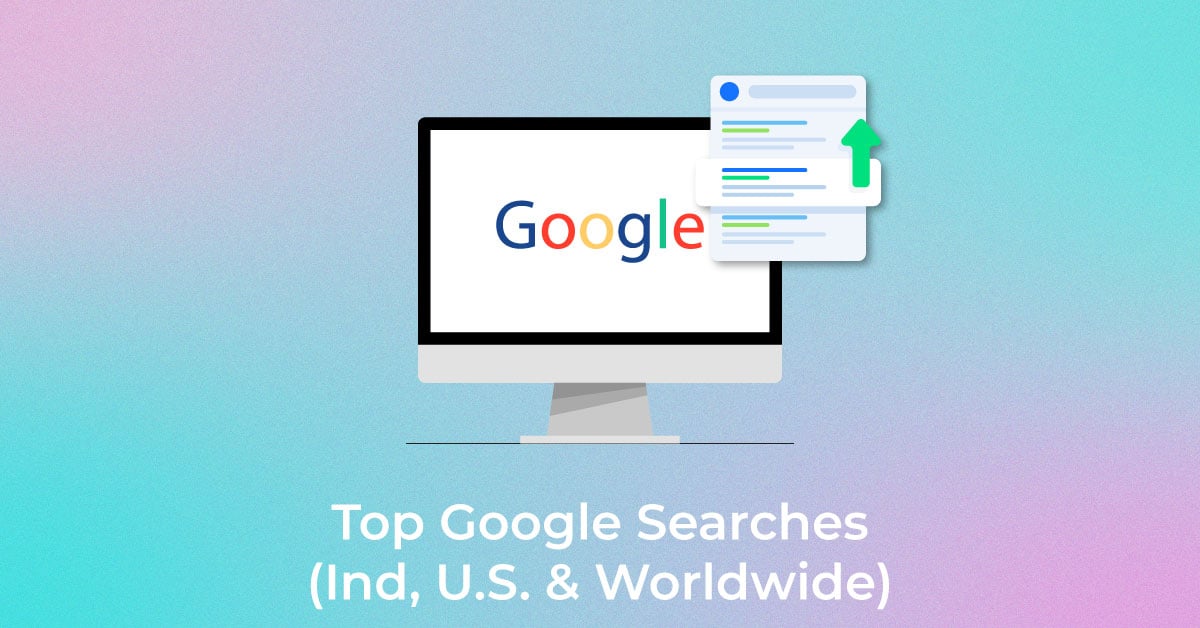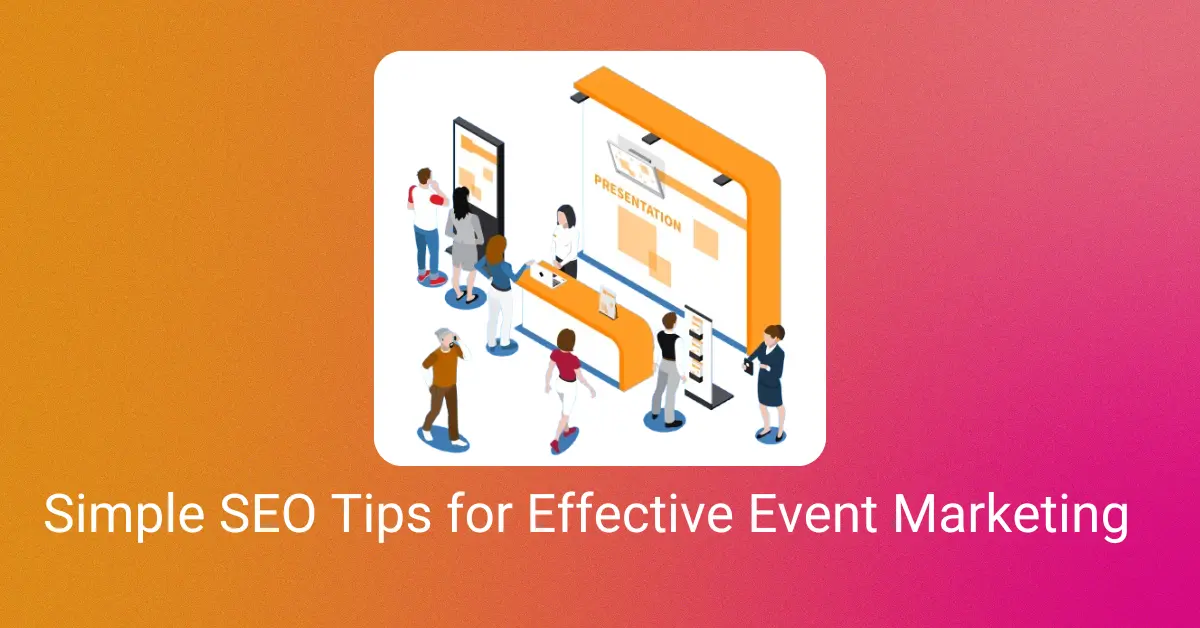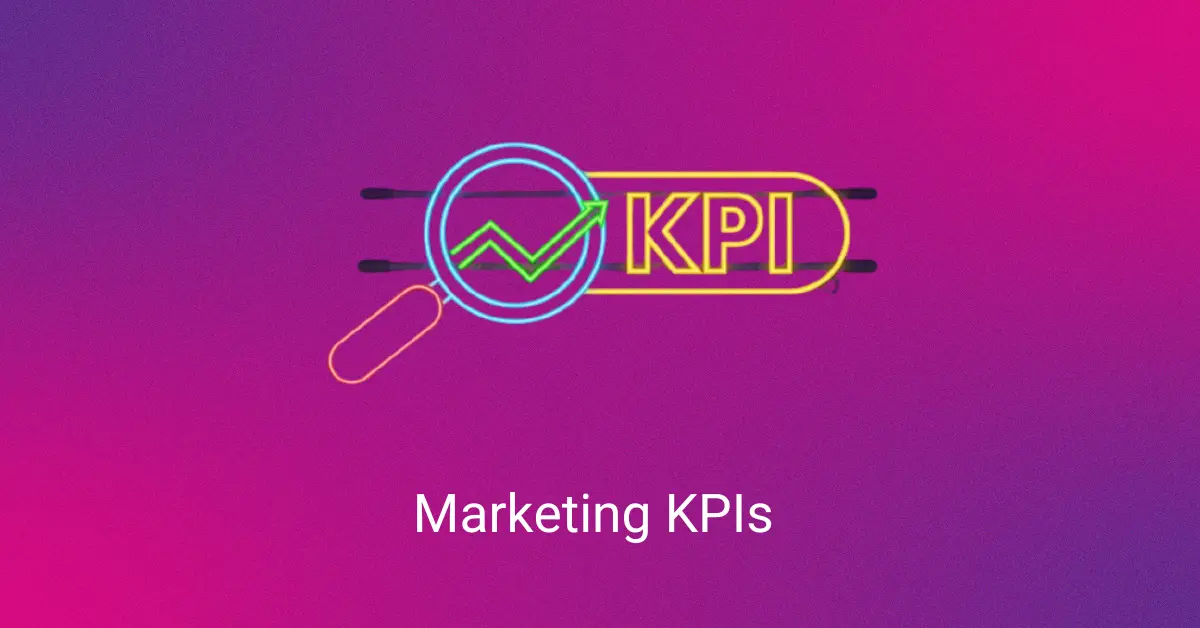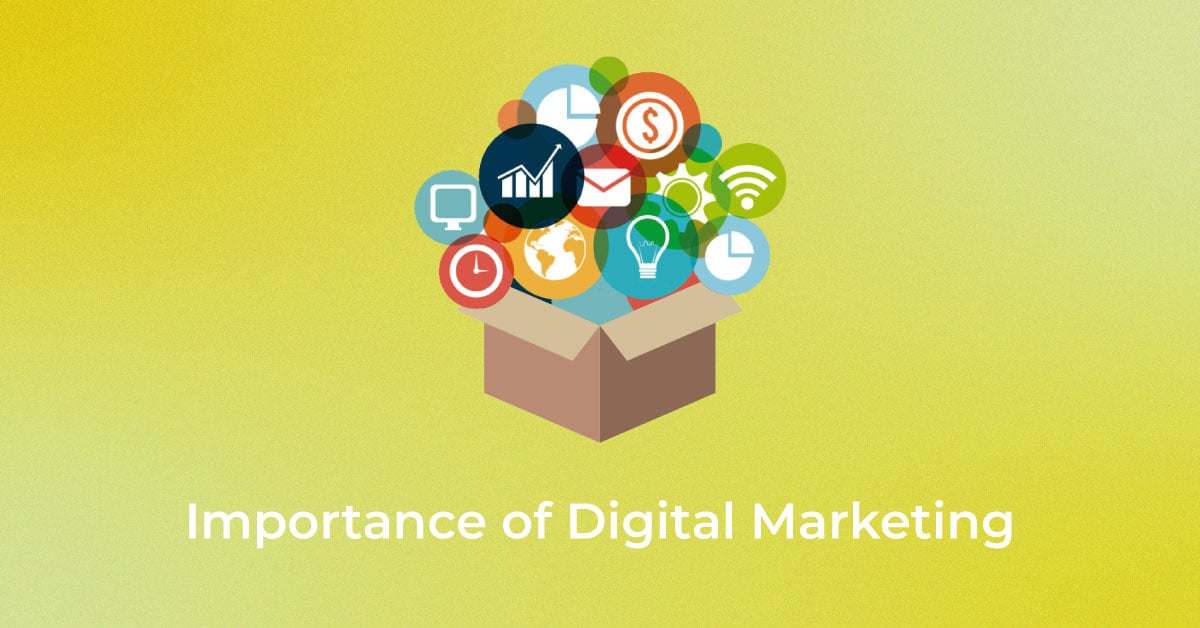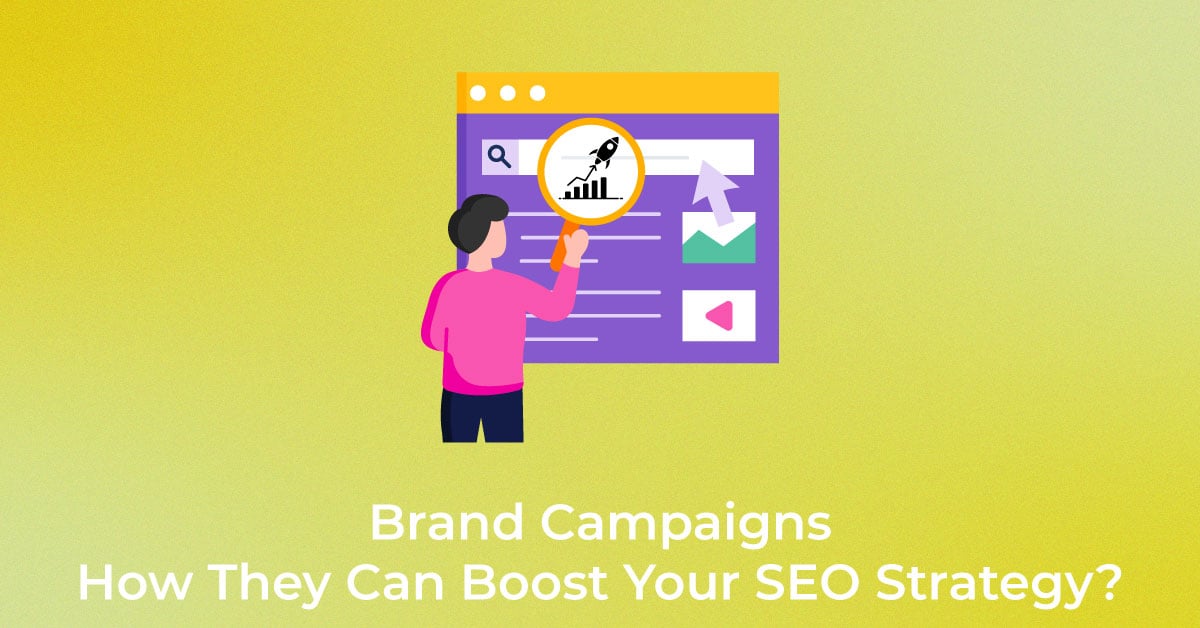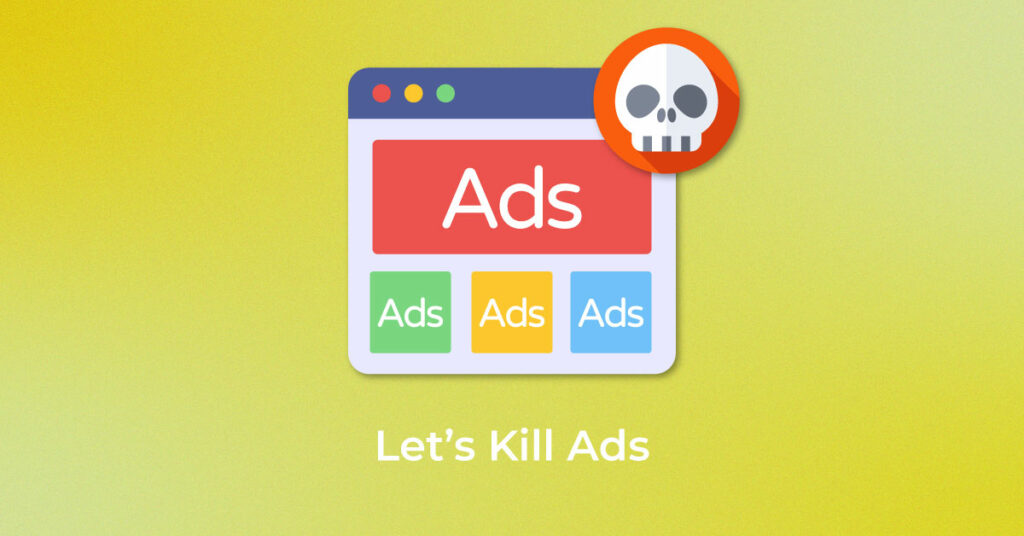Why do people invest big money in ads? The main reason is to get new customers.
But in the context of B2C business, how do start-ups make money? Let’s find out in this article.
PUBG’s Typical Growth Model
A user of the PUBG app upgrades to avail of its advanced features and plays alongside his friends who are also fans of the game. As a marketer, you invest $100 into an ad, garner revenue from X number of users who view and are engaged through your ad and are interested in re-investing in more ads.
This is how revenue is generated out of a user — this can be reinvested into more ads to get more users.
Issues Encountered in This Growth Model
In the afore-mentioned PUBG growth model, you spend $1000 on an ad you get 100 new PUBG users. Let us hypothesize that the cost of acquiring a customer is $10 and that out of 100 customers, on average, only 20 make a paid upgrade. Hence, these customers generate $1 revenue per person, which equals to $20 in total. You may have invested $1000 but you get only $20 in return.
Furthermore, you still have to spend $20 as the cost of acquiring the customer. This process is known as a 30-days LTV.
What does LTV stand for?
LifeTime Value is the value of net profit expected/forecasted from an ongoing relationship between customer and product. It provides an estimate of how much a particular consumer is likely to spend on that app. LTV helps arrive at a marketing budget and ensures the company pursues the most probable/biggest users.
Results – You spent $1000, however, in return, you get $20. Hence, more money needs to be pumped in to sustain the campaign over a longer time, for which you must raise funds externally. However, this can be changed if you make certain tweaks to your strategy.
What is the payback period and LTV by CAC ratio?

LTV stands for lifetime value per customer and CAC stands for customer acquisition cost. The ratio compares the cost of acquiring a customer to the value of a customer over their lifetime.
If a company has a great LTV to CAC ratio and a lower payback, you can expect to make up the LTV amount plus an additional sum of money in the first 30 days of investment.
Example – You spend $1000 on an ad and you get 100 customers at a $10 CAC. Here, the customers would pay $10 as the upgrade fees in the first 30 days. You got your $1000 back and can use it to acquire more users. Once you invest initial cash into the marketing funnel, it starts working on its own.
Most businesses follow this typical technique where you put more cash in the system but don’t get that much in return. Hence, to sustain this loop, you need to add more and more cash and also invest in a sound content strategy and SEO.
So, how can you change?
If your business is in the “sustaining loop”, you are always going to be in the sustaining loop as you are most probably not buying ads. But if you are looking to be in the second “typical loop”, which is what 90% of businesses fall under right now, you can go ahead and invest more and more cash into the marketing funnel.
The Core Loop
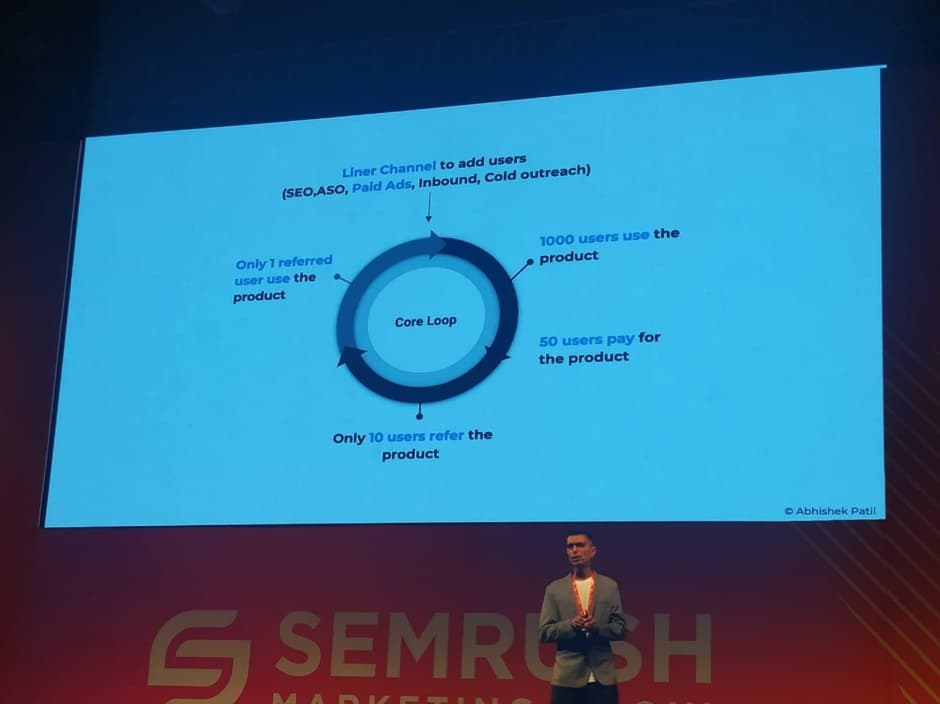
Consumer businesses acquire users through things like paid ads, SEO, inbound marketing, cold outreach, email campaigns, etc.
Example of a Core Loop – you acquire X number of users who pay you the most money. You can use this money for reinvesting yourself through a few other marketing activities. However, you can instead choose to use the money paid by the customer to acquire more customers (by referral schemes for e.g.) or get them to download your app! This is the core loop.
Conclusion
If you cannot build a product which allows your customer to refer to other customers to make a purchase, then there is no point in buying ads.
Hence, it is time to kill ads!
Like our digital marketing updates? Subscribe for more.
Popular Searches
How useful was this post?
0 / 5. 0










